Basti is an Iberian Roman fortified town and Necropolis near Baza, Granada province. The Dama de Baza was found here in 1971
By Nick Nutter | Updated 18 Mar 2023 | Granada | Places To Go |
Login to add to YOUR Favourites or Read Later
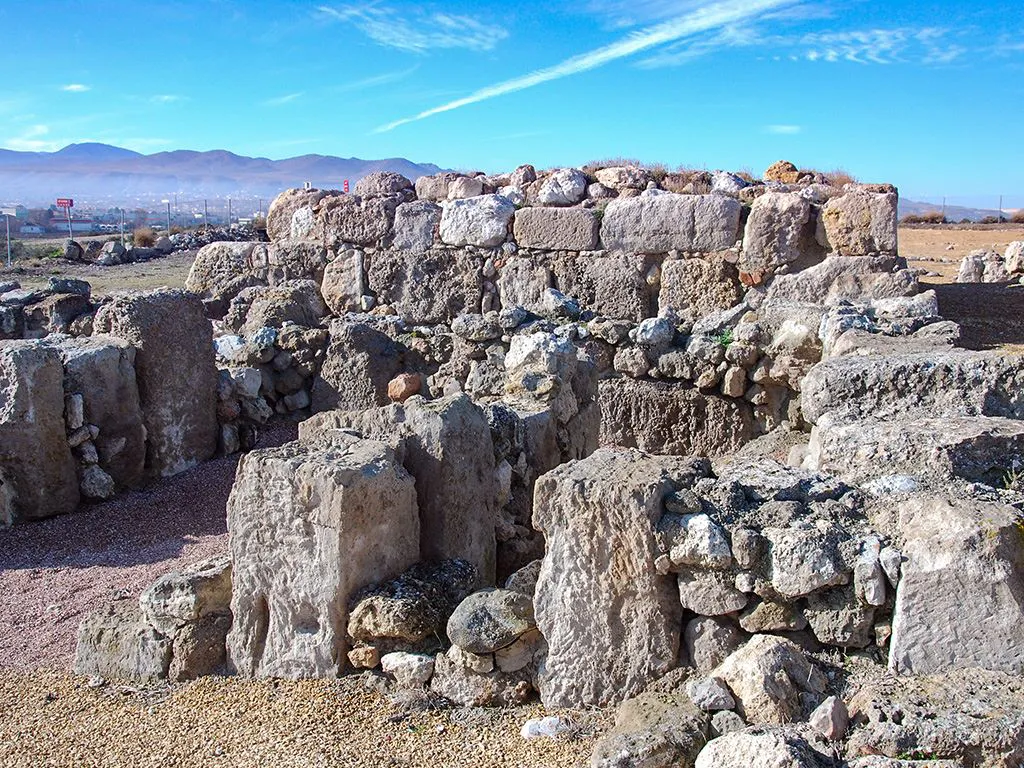
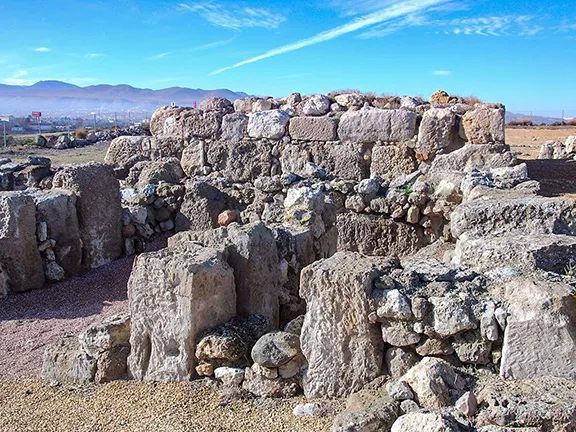
Remains of Moorish watchtower on Roman temple foundations
Basti is an Iberian and Roman fortified town on the outskirts of Baza, a small town in the eastern part of Granada province. The famous Dama de Baza was found in the necropolis alongside Basti. Now the whole site, town and necropolis, is part of the Geoparque Granada UNESCO World Heritage Site bid.
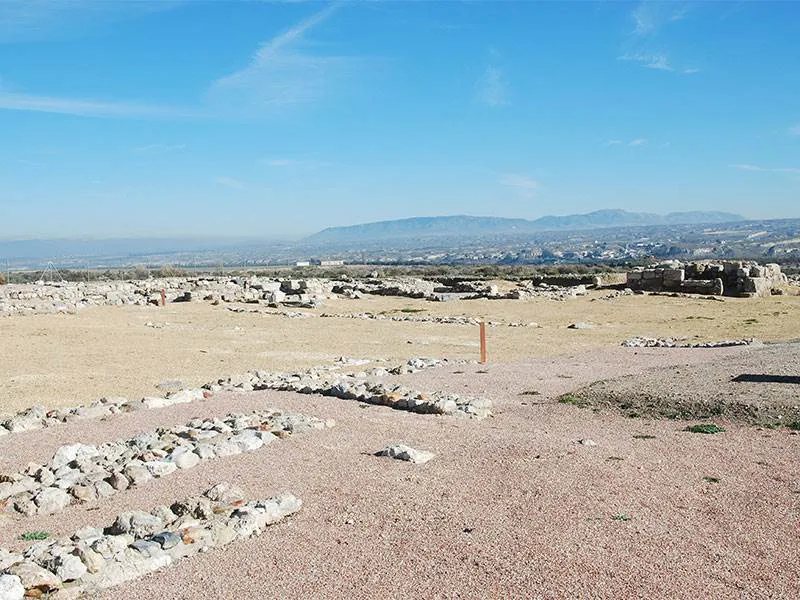
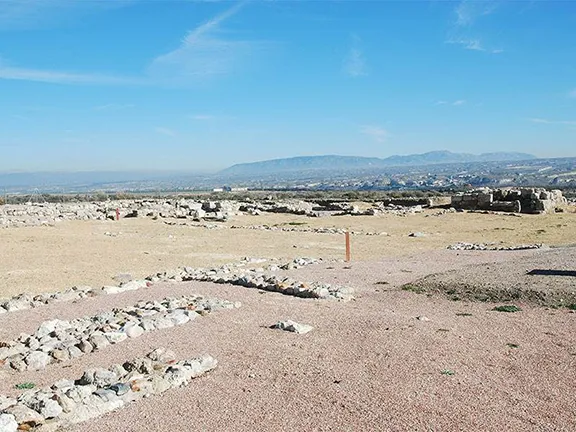
Basti excavations
Around 1550 BC, the Argar society that had influenced the whole of south-eastern Spain from Granada in the west to Alicante in the east and from Almeria on the coast to Cuidad Real inland, disintegrated. The population, once governed by this highly stratified society, lost its cohesion and dispersed to live in isolated, often fortified, settlements. The period is known as the post Argar period, and, in the area now called Andalucia, lasted until about 1000 BC. At this time societies once again started to coalesce into recognisable groups. It could be said that this is the beginning of the Iberian civilisation.
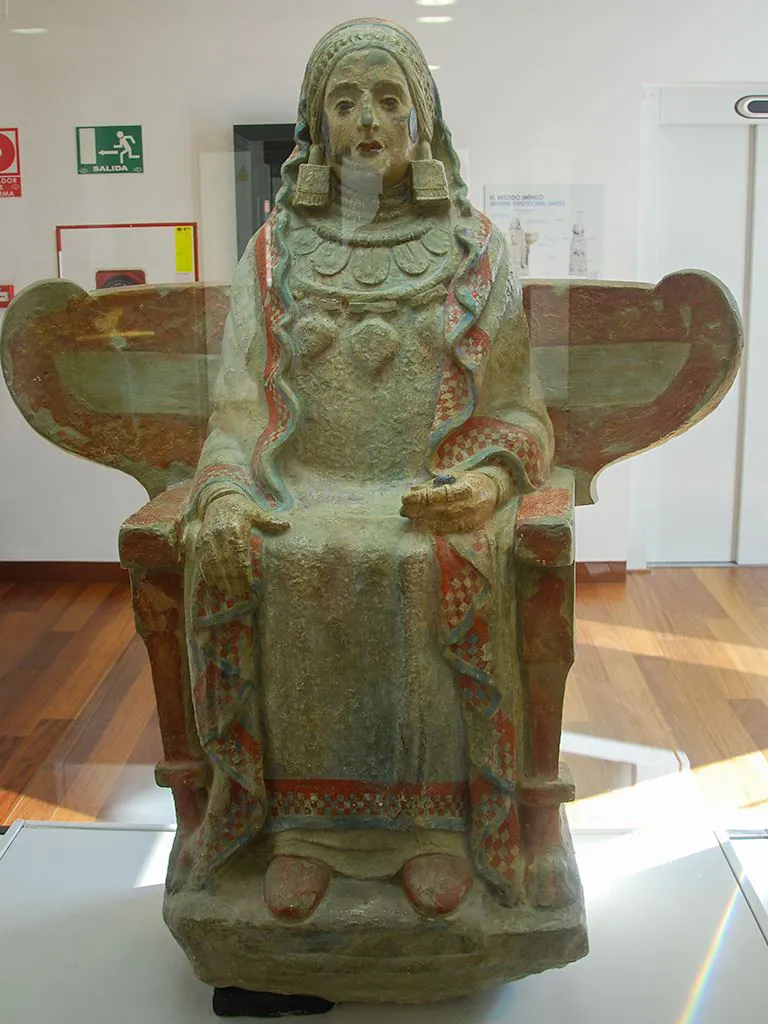
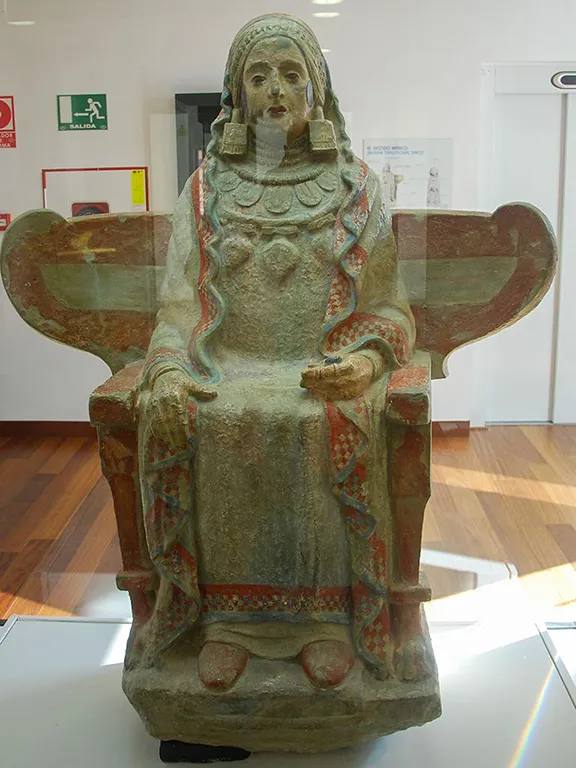
Dama de Baza
One of the distinguishing features of all the Iberian people that lived on the Mediterranean and Atlantic coasts of Spain is their willingness to adopt cultural styles from the eastern Mediterranean, introduced to them from as early as the beginning of the 2nd millennium BC by traders such as the Greeks and Phoenicians, who in turn borrowed their cultural styles from Egypt, the Middle Eastern civilisations and Minoan Crete. That eastern influence spread from the coast inland along the trading networks that had been well established since at least 3500 BC.
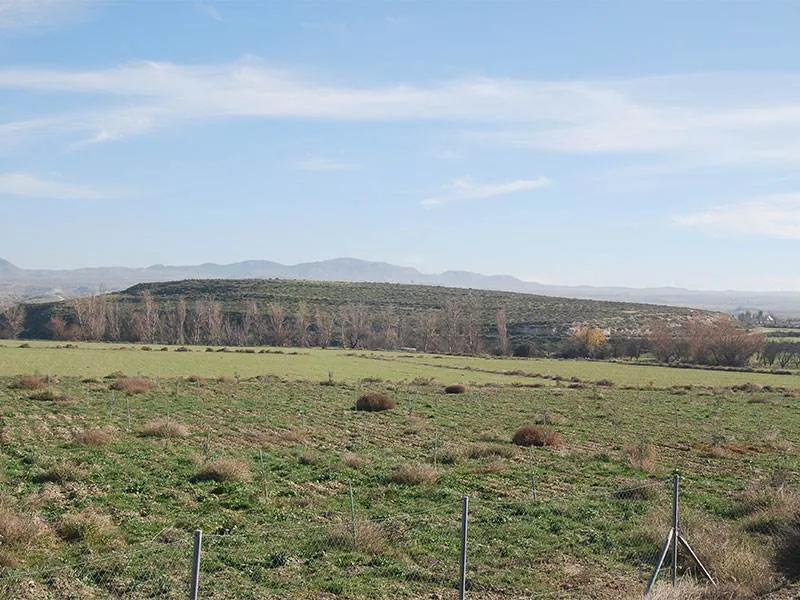
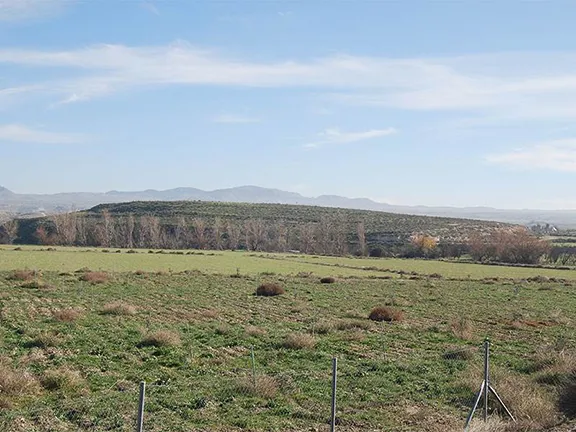
Basti from the Necropolis
When Basti was founded on Cerro Cepero, about 3 kilometres north east of the present town of Baza, is debateable. Some sources say as late as the 4th Century BC (between 300 and 400 BC), some as early as the 8th Century BC. If the latter then Basti was founded about the same time as the Tartessians to the south west were enjoying the benefits of trading with the Phoenicians, a trade built up over the previous 150 years. If the former, then Basti was founded at the time the Tartessian civilisation was dissolving; an intriguing thought. Better and more accurate dating and modelling at Basti is required to resolve these issues.
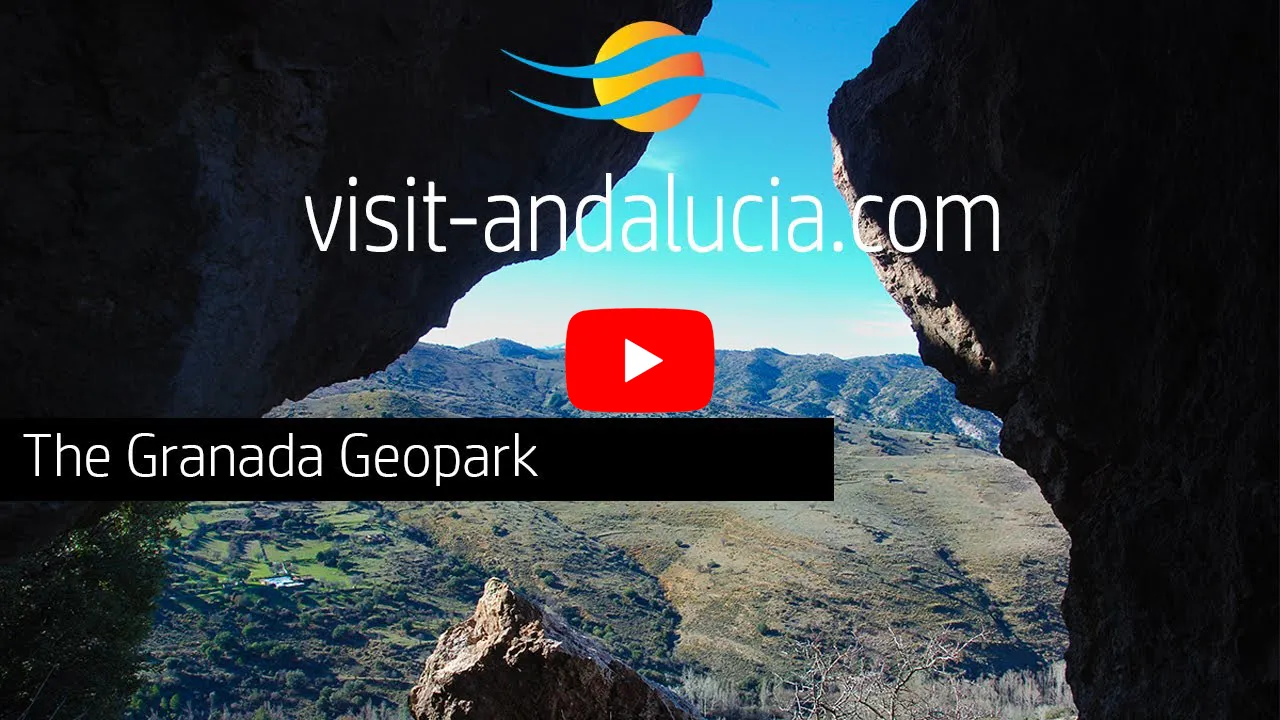
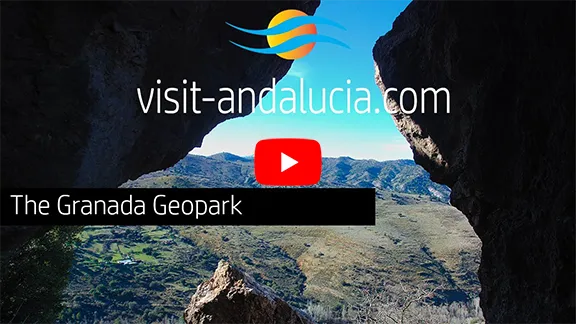
Video By: Julie Evans
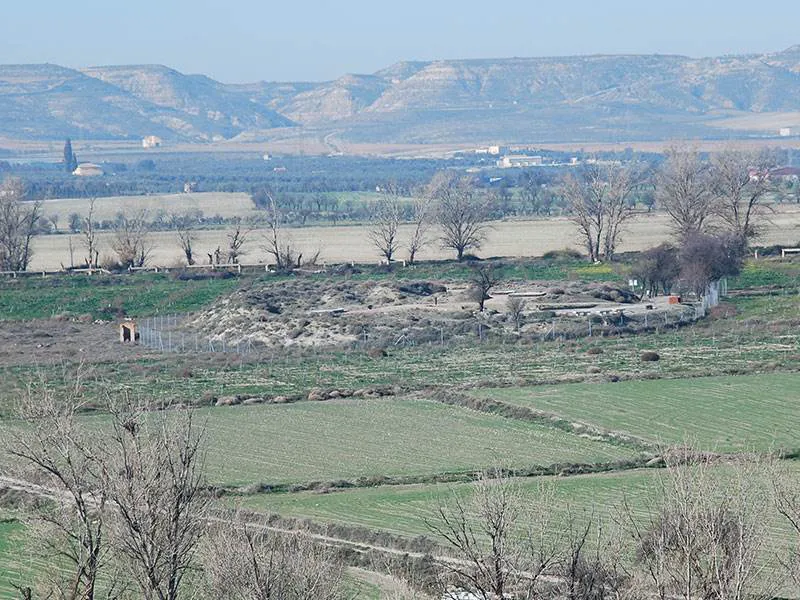
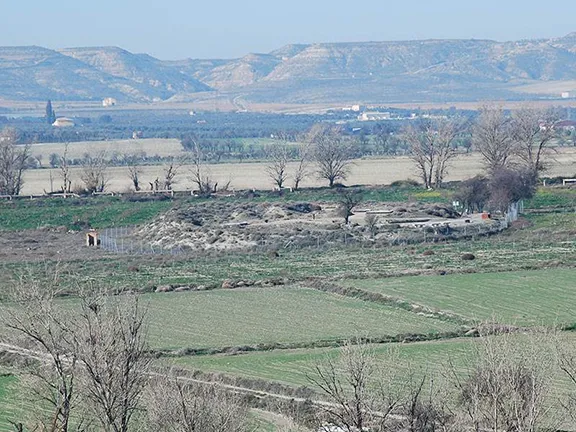
Necropolis from Basti
Whatever the date of its foundation, Basti was initially a walled settlement sat on top of a low mound. The outer wall, around the perimeter of the mound, was gated. This led into a domestic area and to a second wall that protected dwellings at the top of the mound.
When the Romans arrived in the 3rd Century BC, they called Basti, by now an impressive village, an Oppidum and from about 50 BC embarked on a programme of monumentalisation. During the 1st century AD they built a temple at the highest point of the town. There is some evidence to suggest the Romans completed a project started by the Bastetani. In the western part of the settlement the Romans built a forum and administrative offices.
Following the Roman departure from Spain, the Visigoths built a church at Basti. During the 4th Century AD the settlement at Basti was abandoned and the population moved to a more easily defendable site 3 kilometres to the north east called Cerro del Quemao. During the Moorish period a watch tower was built on the site of the temple.
Alongside Basti is another low mound, Cerro del Santuario. This is the site of the Iberian necropolis. It has been dated to between the 5th and 6th Centuries BC and was in use right through to and including the Roman period. The foundations of what is presumed to be a Roman mausoleum have been found on the site. Out of the 184 burials so far known, one stands out. In 1971, excavators found a tomb containing the Dama de Baza, a richly decorated sculpture of a seated lady in traditional Iberian dress, accompanied by domestic pottery and weapons, shields, swords, spear heads and bits for horses. She has been dated to the 4th Century BC. The original is in the museum in Madrid. The museum in Baza has a good replica.
A tour of Basti has to start at the Interpretation Centre since it is from there that the keys to the gated enclosures of Basti and the necropolis are issued. Take some identity document to leave as deposit for the keys. The centre is new and contains interactive displays that help you understand the Iberian period in general and Basti in particular.
A geoparque (geopark or geoparc) is a well-defined territory, home to a valuable natural geological heritage. The most important parts of a geoparque, due to their scientific, aesthetic, or educational value, are called geosites.
In the north of Granada, surrounded by some of the tallest mountains of the Iberian peninsula, what we know today as the Basin of Guadix or the Guadix - Baza depression or basin was, for 5 million years, a lake with no outlet to the sea. Sediments, brought down by the mountain streams, were deposited in the basin in horizontal sheets. 500,000 years ago the basin drained to the west and new streams carved out the canyons, ravines and badlands that characterise the area, the most southerly desert in Europe, today.
Basti is a geosite due to the importance of this Ibero-Roman fortified settlement and attached necropolis in which was found the Dama de Baza, together with the purpose-built Interpretation Centre.
Check the website for opening times